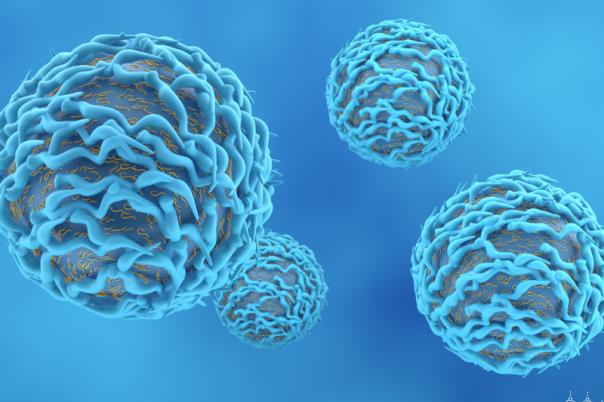One of the biggest contributors to the enormous cost of developing new oncology drugs is their high attrition rate in the clinic. Only 9% of oncology candidates progress from phase one all the way to market approval with the main reason for failure being safety and efficacy. As a result, the cost to bring a new cancer drug on the market ranges on average from €1 to 3 billion.
In the hopes of lowing this staggering attrition rate, Servier have been working on developing data-driven strategies for early phase one decision making. Nolwen Guigal-Stephan, Head of Clinical Biomarker Development at Servier, speaks in this presentation of an evolving paradigm shift toward phase one clinical trials. She highlighted three pillars that hold up this evolving paradigm: dose optimisation, detecting early biological activity, and shifting to a more selected patient population based on cancer type and biomarkers.
The first pillar of the evolving paradigm, dose optimisation, seeks to move away from simply finding the maximum tolerated dose. Instead, dose optimisation seeks to find the dose with the best possible efficacy while being tolerated, as toxicity escalation is not directly correlated with efficacy in targeted therapies.
It is also important to detect the early signs of biological activity in phase I. This is the second pillar of the new paradigm. This is because efficacy issues are a major reason why many oncology candidates fail in phase I. Detecting early signals of biological activity can therefore help this process.
The final pillar is to shift to a more selective approach to patient population. This means bringing patients to the clinic with the right cancer type and biomarkers for the drug candidate. These prerequisites mean that only the most likely patients to respond to the therapy will be selected for the trial.
Next Guigal-Stephan discussed how this new paradigm can be achieved through the implementation of circulating tumour DNA (ctDNA). Systematic implementation of ctDNA testing can enhance dose optimization, detect early signals of biological activity, and improve patient population selection in phase one trials.
ctDNA dynamics can act as a surrogate for biological activity, helping to make early decisions on drug efficacy, identify promising combinations, and motivate clinical investigators. Assessing baseline ctDNA levels can improve patient screening, reduce trial costs, and support more harmonized patient population selection by acting as a surrogate for tumor burden.
Non-mutation based approaches like low pass whole genome sequencing and fragmentomics are cost-effective methods suitable for phase one trials, providing rapid and sensitive tumor fraction estimation.
ctDNA testing offers significant opportunities to accelerate phase one trials by informing dosing strategies, supporting early biological signals of activity, and improving patient selection through cost-effective methods.





